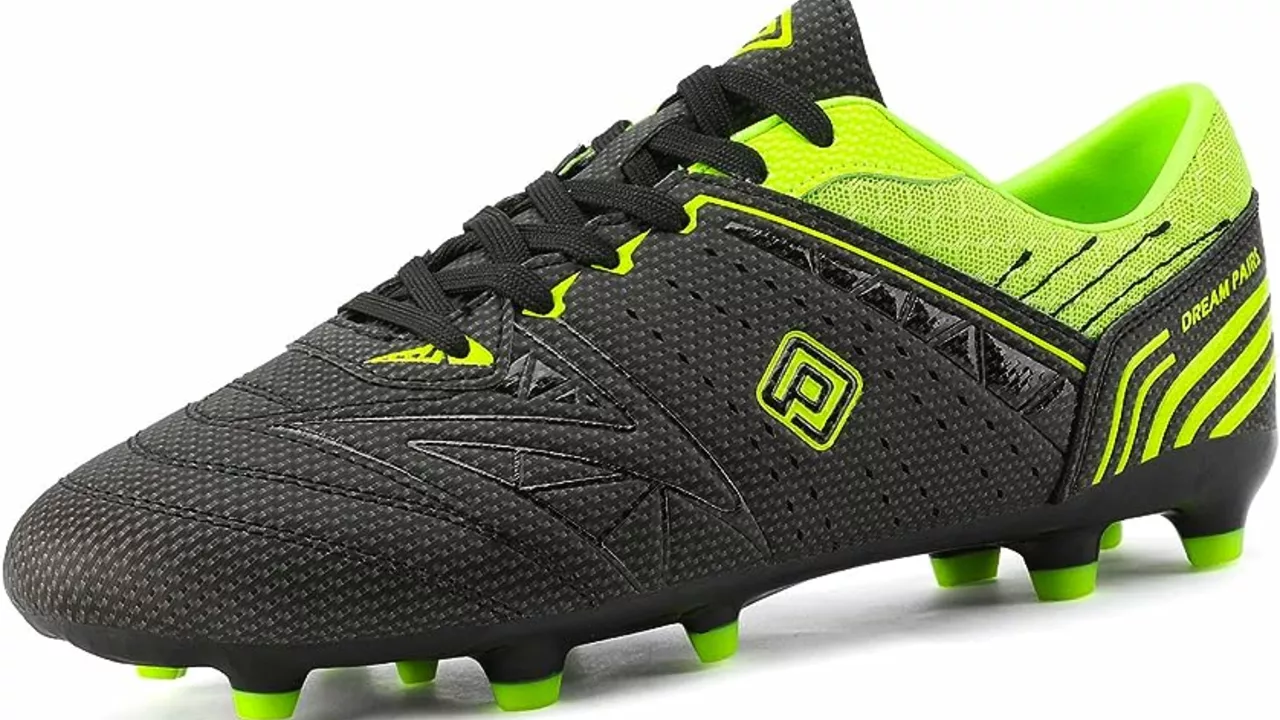Cleat Necessity: The Real Reason Soccer Shoes Matter
Ever wondered why every pro wears a specific pair of cleats? It’s not just about looking good on the pitch. The right shoe can make you faster, give you better ball control, and keep injuries at bay. If you’re playing on grass, artificial turf, or even indoor surfaces, the cleat you choose dictates how you move and how safe you stay.
How Cleats Boost Performance
Cleats work like tiny anchors. On natural grass, the studs bite into the soil, letting you push off without slipping. That extra grip translates into quicker sprints and sharper cuts. On artificial turf, shorter molded studs spread pressure evenly, so you get traction without tearing your ankle. The material of the upper – usually lightweight knit or synthetic – also matters. A snug fit means the foot doesn’t slide inside, which improves foot‑ball feel and passing accuracy.
Choosing the Right Cleat for Safety
Safety isn’t just about preventing a sliding fall. The wrong stud length can stress your knees or cause turf burns. For wet fields, longer studs give the needed bite, but on dry, firm ground they can dig too deep and twist the leg. Look for cleats with a mixed‑length pattern – a few longer studs for grip and shorter ones for stability. Also, check the ankle support. Low‑cut trainers feel free but offer less protection; mid‑cut shoes give a balance of mobility and support, which many players prefer.
Fit is the final safety factor. A shoe that’s too tight squeezes blood flow, leading to blisters and fatigue. Too loose, and the foot slides, increasing the chance of sprains. Always try cleats on with the soccer socks you’ll wear in matches. Walk around, make a few quick cuts, and feel if the heel lifts. The right pair should hug the foot like a second skin without causing pressure points.
Bottom line: cleats aren’t an accessory, they’re a core piece of your equipment. Pick studs that match the surface, choose a fit that keeps the foot steady, and consider the level of ankle support you need. With the right pair, you’ll notice quicker bursts, cleaner dribbles, and fewer aches after a game. So next time you head to the locker room, treat the cleat choice like a tactical decision – it could be the edge that separates a good performance from a great one.
